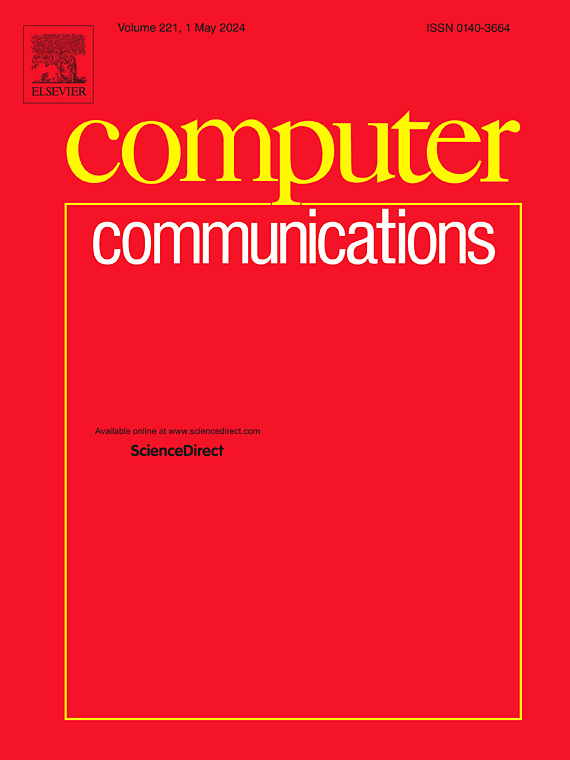GNNetSlice: A GNN-based performance model to support network slicing in B5G networks
IF 4.5
3区 计算机科学
Q1 COMPUTER SCIENCE, INFORMATION SYSTEMS
引用次数: 0
Abstract
Network slicing is gaining traction in Fifth Generation (5G) deployments and Beyond 5G (B5G) designs. In a nutshell, network slicing virtualizes a single physical network into multiple virtual networks or slices, so that each slice provides a desired network performance to the set of traffic flows (source–destination pairs) mapped to it. The network performance, defined by specific Quality of Service (QoS) parameters (latency, jitter and losses), is tailored to different use cases, such as manufacturing, automotive or smart cities. A network controller determines whether a new slice request can be safely granted without degrading the performance of existing slices, and therefore fast and accurate models are needed to efficiently allocate network resources to slices. Although there is a large body of work of network slicing modeling and resource allocation in the Radio Access Network (RAN), there are few works that deal with the implementation and modeling of network slicing in the core and transport network.
In this paper, we present GNNetSlice, a model that predicts the performance of a given configuration of network slices and traffic requirements in the core and transport network. The model is built leveraging Graph Neural Networks (GNNs), a kind of Neural Network specifically designed to deal with data structured as graphs. We have chosen a data-driven approach instead of classical modeling techniques, such as Queuing Theory or packet-level simulations due to their balance between prediction speed and accuracy. We detail the structure of GNNetSlice, the dataset used for training, and show how our model can accurately predict the delay, jitter and losses of a wide range of scenarios, achieving a Symmetric Mean Average Percentage Error (SMAPE) of 5.22%, 1.95% and 2.04%, respectively.
求助全文
约1分钟内获得全文
求助全文
来源期刊

Computer Communications
工程技术-电信学
CiteScore
14.10
自引率
5.00%
发文量
397
审稿时长
66 days
期刊介绍:
Computer and Communications networks are key infrastructures of the information society with high socio-economic value as they contribute to the correct operations of many critical services (from healthcare to finance and transportation). Internet is the core of today''s computer-communication infrastructures. This has transformed the Internet, from a robust network for data transfer between computers, to a global, content-rich, communication and information system where contents are increasingly generated by the users, and distributed according to human social relations. Next-generation network technologies, architectures and protocols are therefore required to overcome the limitations of the legacy Internet and add new capabilities and services. The future Internet should be ubiquitous, secure, resilient, and closer to human communication paradigms.
Computer Communications is a peer-reviewed international journal that publishes high-quality scientific articles (both theory and practice) and survey papers covering all aspects of future computer communication networks (on all layers, except the physical layer), with a special attention to the evolution of the Internet architecture, protocols, services, and applications.
 求助内容:
求助内容: 应助结果提醒方式:
应助结果提醒方式:


